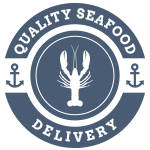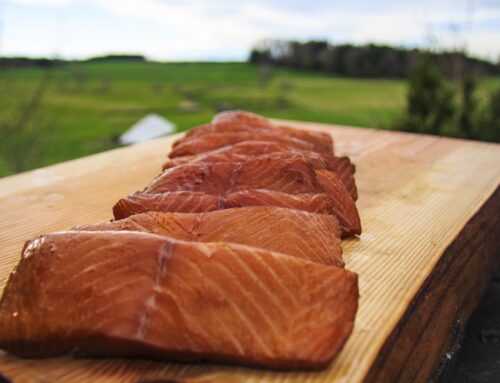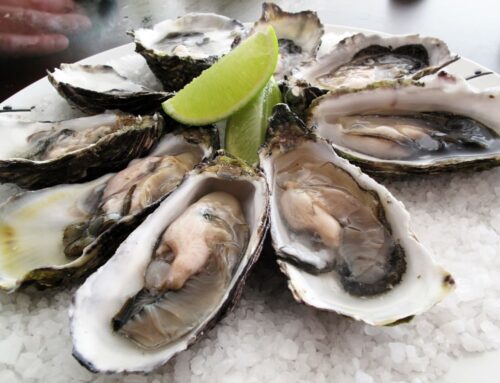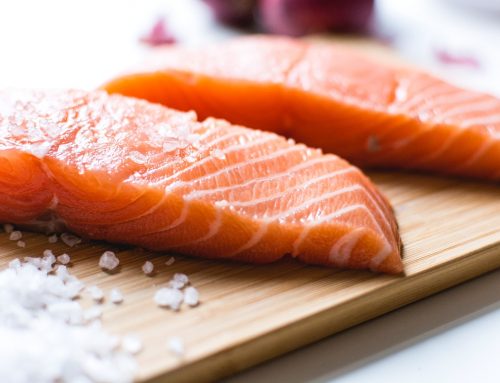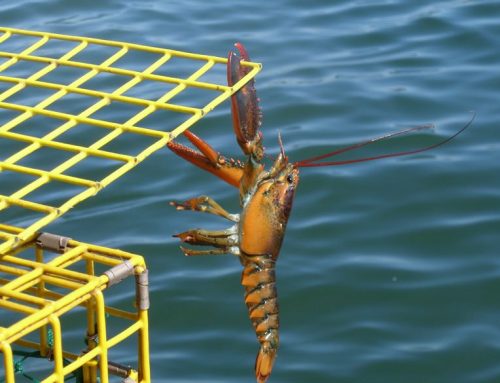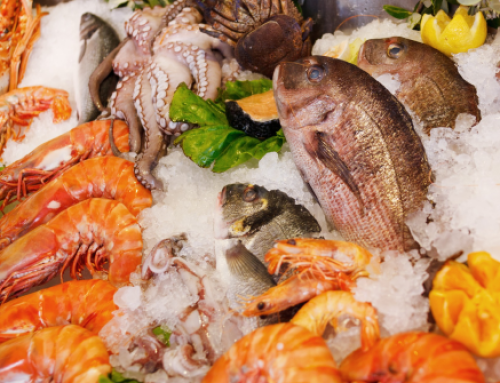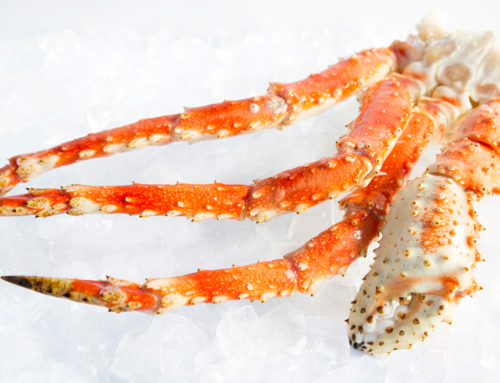Looking into sustainable and healthy practices is important if you buy salmon online. However, many people have different views on the benefits of buying wild salmon versus farmed salmon. Despite these differences of opinion, the demand for farmed salmon has soared around the world over the past year.
Seafood farmers have indicated that the global demand for it stems from heightened seafood demand. The demand further related to how people came out of the coronavirus pandemic’s lockdown measures and wanted to spend their money.
How Big is the Salmon Demand?
Mowi is the world’s largest producer of farm-raised salmon. In November, Mowi found that its third-quarter revenue amounted to $1.19 billion. The revenue represents a 64% increase in earnings year-over-year. The year-to-date operational revenue for the company at that time surpassed 2020.
As people could only buy salmon online in 2020, the company’s revenue and other income sources reached $3.1 billion year-to-date. Alternatively, these same categories grew to $3.5 billion year-to-date a year later in 2021.
The growth represents a positive outlook for the overall salmon industry. The markets still have not fully recovered from the COVID-19 pandemic. Therefore, a heightened demand will enable companies like Mowi to plan on harvesting 460,000 tonnes of farmed salmon in 2022.
| Company | $/lb | Min. Order Cost | Reviews | Rating | Website |
|---|---|---|---|---|---|
| Global Seafoods | $19.00 | $95.00 | 1130 | 4.6 | website |
| Lummi Island Wild | $25.33 | $57.00 | 21 | 4.8 | website |
| Vital Choice | $26.20 | $59.00 | 23132 | 4.8 | website |
Farmed vs. Wild-Caught Salmon
The ways that farmers produce farmed salmon versus wild salmon differs in significant ways. For starters, farmed salmon have entirely unique diets to their counterparts. The salmon are also raised in distinct environments. The environments influence their health properties and therefore, alter their nutritional value. When you buy salmon online, you should consider the following nutritional differences:
- Less Natural Minerals – Farmed salmon possess fewer natural minerals than wild-caught salmon. Wild salmon often possess minerals including iron and calcium.
- Higher Fat Levels – Farmed salmon can be significantly higher in fat than wild salmon. If wild salmon has 5 grams fat (8% DV), farmed salmon can have as much as 15 grams fat (19% DV).
The other notable way farmed salmon differs from wild-caught salmon is its processing. Farmed fish often risk greater exposure to diseases and infections due to higher densities. Farmers will, in turn, add antibiotics to their fish feed.
However, the aquaculture industry has allowed the use of antibiotics in the past in unregulated and irresponsible ways. Farmers using unregulated antibiotics has resulted in potential health concerns. Additionally, these antibiotics can pose an environmental hazard. These practices ultimately call into question the sustainability of certain salmon farms.
How to Buy Salmon Online During the Holidays
When you buy salmon this holiday season, make sure to do your research. Most companies will have a section of their website dedicated to discussing sustainability. If you cannot find details to answer your questions, do not hesitate to directly contact a company. Even if they do not have a frequently asked questions section, companies should be willing to discuss their production and harvesting practices with any new, potential customers.
Take note of our Affiliate Relationships that may exist with this page and companies listed on it.
